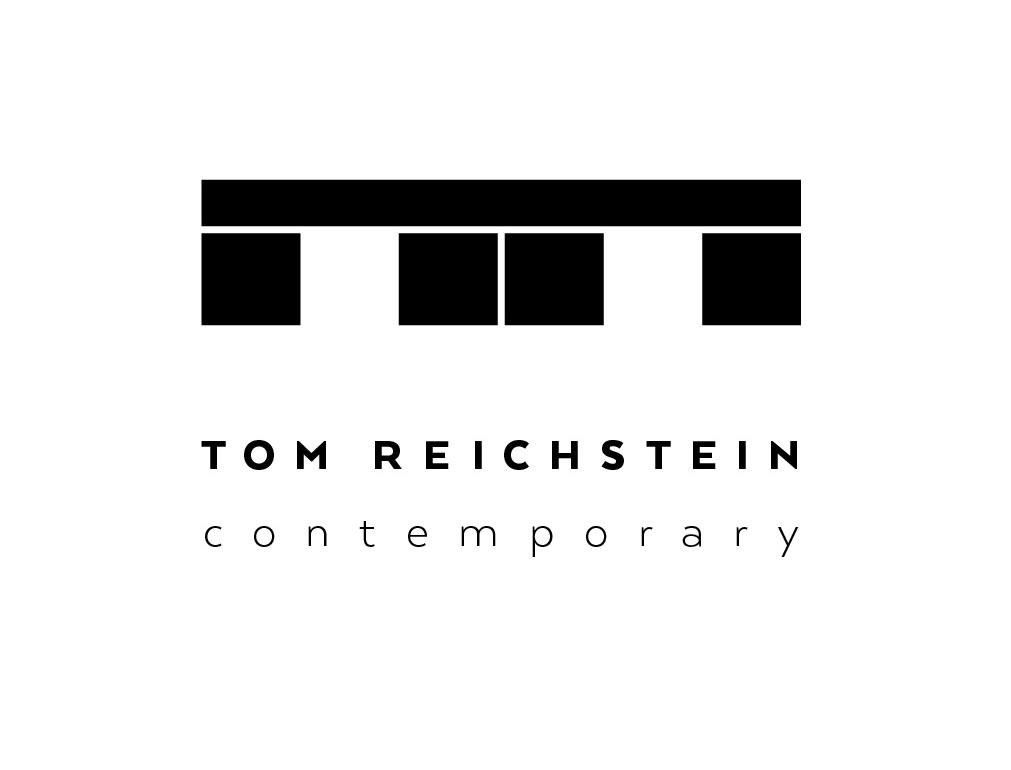The exhibition ZWISCHENREICH features works by Hamburg-based artists Miwa Ogasawara and Annette Streyl, exploring the intersection of painting and sculpture. Ogasawara uses traditional Japanese techniques to capture fleeting moments and existential reflections in luminous paintings. Streyl's sculptures incorporate art historical references and tactile forms that blend historical and contemporary elements. Both artists create subtle dialogues between their works, inviting viewers into a space of contemplation and interpretation. The exhibition generates new connections between subjects, time, and materials. Viewers are immersed in a moment of subtle inexplicability.
ZWISCHENREICH
The exhibition ZWISCHENREICH features works by Hamburg-based artists Miwa Ogasawara and Annette Streyl, exploring the intersection of painting and sculpture. Each artist uniquely engages with space, material, and time, creating subtle and refined dialogues between their artistic approaches.
Miwa Ogasawara's work delves into the interplay of air, light, and atmospheric phenomena, revealing existential facets of life through momentary and evocative perceptions of skies and other spaces. Beneath her painterly surfaces, she expresses deep reflections on everyday moments, capturing them in vibrant and luminous visual worlds. Ogasawara employs traditional Japanese techniques of painting on gold and silver leaf, which not only enhance the luminosity but also impart significant depth to her works. Her paintings possess a delicate, sculptural quality, reflecting the depth of fleeting perceptions and contemplation, resonating with the atmospheric expansiveness of her subjects. Everyday situations in her works hold cosmic universality, portraying a liminal world of unspoken inner life, fading memories, and existential energies.
Annette Streyl integrates art historical references into the materiality and figurative designs of her sculptures. Her tactile forms house historically styled portraits in both historical and contemporary guises. Streyl's works evoke associations and cite artistic predecessors, particularly from the Central European Renaissance. These references appear as traditional depictions of known donor figures in sacred spaces, where Streyl sometimes exhibits them. Adorned with caps, hats, or crowns, the delicate faces pause gracefully with closed or open eyes. The worked stone interacts with Hans Holbein the Younger's paintings, borrowing from his repertoire of figures. Wrapped and sculpted into cocoon-like forms, her works offer interpretative freedom. As Arie Hartog writes, they "speculate on associative, interpretative seeing." The oscillation between figuration and ornamental, often organic forms highlights a contemporary distance from 16th-century Dutch art history. Streyl's stone works address our visual traditions, with intricately worked break edges hinting at the creation process, historical influences, and future developments. The tactile and sensory experience of the stone, with its softness, coolness, and hardness, enhances its multisensory perception. Their physical presence in space, emphasized by the complementary halos in the presentation, makes their immediate appearance striking. The small format with defined portraits encourages close examination to see how historical types are reimagined.
Through targeted color use and material additions with adhesive rolls, Streyl assembles her figures, enriching and confronting historical interpretations with contemporary elements and unexpected material shifts.
Miwa Ogasawara and Annette Streyl not only present new works in the ZWISCHENREICH exhibition but also share a profound connection in the quiet dialogue their works establish with viewers and between their compositions. The interplay of painting and sculpture in the exhibition creates new connections of subjects, time, and material references. As viewers, we find ourselves in a moment of subtle inexplicability, invited into this space by the works of Miwa Ogasawara and Annette Streyl.
by Dr. Ina Jessen



